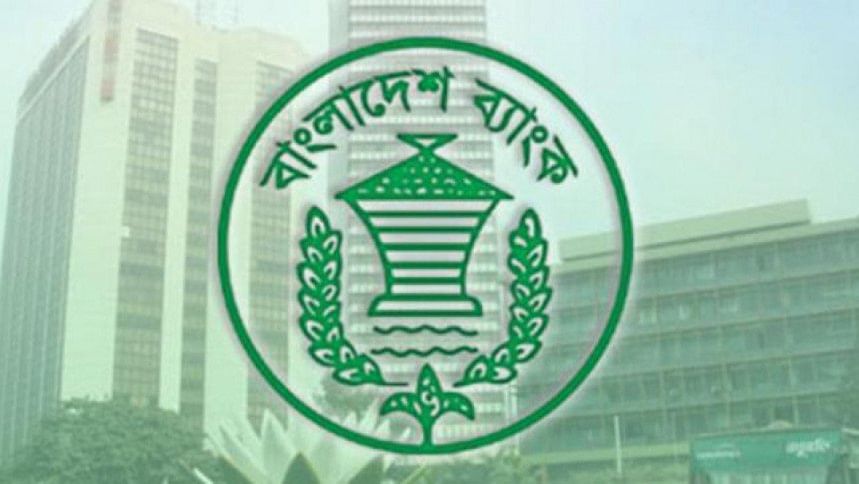Boon for savers as interest rate cap is scrapped

The new interest rate-setting method introduced by the central bank is going to benefit depositors as well as people who take consumer loans.
On the other hand, loans in the industrial and home loan categories are likely to get costlier from next month when the new monetary policy for 2023-24 comes into effect.
Under the new arrangement, the Bangladesh Bank will introduce a market-driven reference lending rate for all types of bank loans, replacing the previously imposed lending rate cap. This move aims to enhance competitiveness in the banking sector and foster a favourable lending environment for businesses and individuals.
The interest rate on the consumer loans will decrease to 11.10 per cent from 12 per cent, according to a BB notice issued yesterday.
In January, the central bank increased the lending rate cap for consumer credit to 12 per cent and removed caps on credit card loans. Personal and auto loans are considered consumer loans.
The lending rate on the loans disbursed to cottage, micro, small, and medium enterprises will go up to 11.10 per cent from the existing 9 per cent.
The lending activities for CMSMEs and consumer loans may be subject to an additional fee of up to 1 per cent to cover supervision costs.
The reference lending rate, known as the SMART (six-month moving average rate of Treasury bill), will be announced monthly through the BB website, with a margin applied for banks and non-bank financial institutions (NBFIs).
In practice, SMART plus a margin of up to 3 per cent will be applicable for banks, and SMART plus a margin of up to 5 per cent will be applicable for NBFIs.
Currently, the interest rate of the six-month T-bill is 7.10 per cent. This means the interest rate on the majority types of loans will be a maximum of 10.10 per cent, up from the 9 per cent ceiling that the BB has maintained since April 2020.
The lending rate on industrial and home loans will increase to 10.10 per cent.
Sadrul Hasan, an employee of an insurance company, says that he took a home loan of Tk 55 lakh at an interest of 9 per cent a year ago.
"But because of the new rule, the bank will charge me more than 10 per cent in interest for the rest of my loan installments."
The central bank said that the new rate-setting method would also be applicable to the loans that have already been disbursed.
"We are now facing higher inflation. So, the rate hike of loans will create an additional burden for us at a time when we are experiencing a difficult period," said Hasan.
The central bank, however, has almost kept unchanged the interest rate on farm loans: growers will have to pay an interest rate of 8.20 per cent compared to 8 per cent now.
The reference rate for agriculture loans is 2 per cent.
No changes have been brought for the interest rates applicable to credit card loans, which impose a lending rate of 20 per cent.
Syed Mahbubur Rahman, managing director of Mutual Trust Bank, welcomes the new rate-setting method.
"We had demanded the removal of the 9-per cent interest rate cap on loans. And the central bank has taken the issue positively by introducing the SMART and the reference rate," he said.
He, however, admits that the new method will create a bit burden for borrowers.
Currently, a majority of banks offer a deposit rate of 8 per cent to 8.50 per cent on savings and the rate may go up to 9 per cent thanks to the BB's new interest rate formula.
An increase of the deposit rate might bring more depositors to banks after they started to move away from the financial sector last year when the inflation rate exceeded the savings rate, rendering the real interest rate negative.
The weighted average deposit rate was 4.38 per cent in April whereas the average inflation stood at 8.64 per cent, still providing a negative interest rate to savers.

 For all latest news, follow The Daily Star's Google News channel.
For all latest news, follow The Daily Star's Google News channel. 



Comments